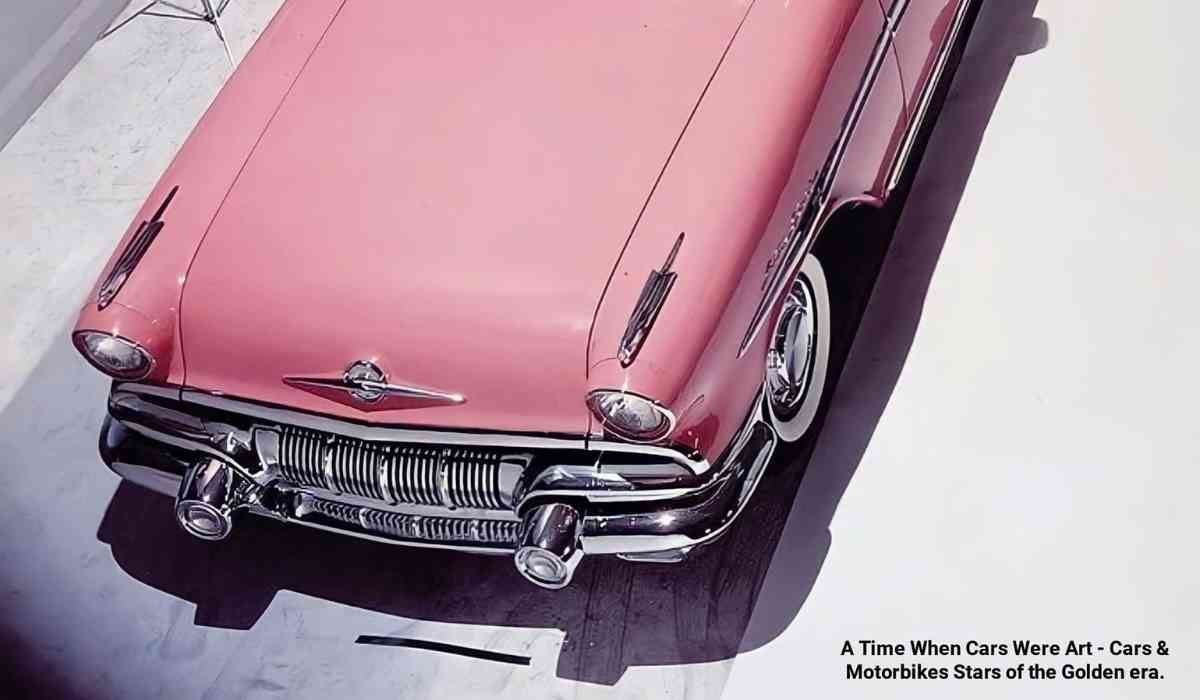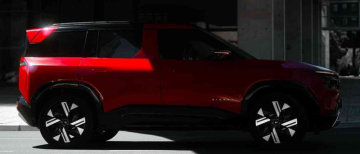"Pontiac: For drivers who don't want to follow the crowd."
MS Dhoni just bought a Pontiac and that has been making fans across the streets of Ranchi and the nation altogether go absolutely insane!! But Pontiac isn’t a rage beginning today. This American classic and the love for Pontiac vehicles stems from a combination of factors that have contributed to their lasting popularity and appeal among automotive enthusiasts.
Pontiac was a brand of automobile manufactured by General Motors. Pontiac has a rich history of producing performance-oriented vehicles, including iconic muscle cars like the GTO and Trans Am. These vehicles are often associated with powerful engines, exciting acceleration, and a thrilling driving experience.
![]()
"If you're going to go out in style, you might as well go out in a Pontiac." - Burt Reynolds
Many Pontiac models featured unique and memorable styling cues, from the bold front grilles to the sleek body lines. These designs often set Pontiac vehicles apart from their competitors.
For the record, Pontiac was established in 1926 as a companion make to GM's Oakland brand, and it quickly gained popularity as a performance-oriented brand. Pontiac was known for its "Wide-Track" design philosophy, which aimed to create vehicles with wider stances for improved stability and handling. It was a pioneer in developing high-performance V8 engines, including the iconic Pontiac V8 engine family.
"Firebird: More than a car. It's a religion."
Pontiac produced legendary muscle cars like the GTO, Trans Am, and Firebird, which have become iconic in the automotive world.
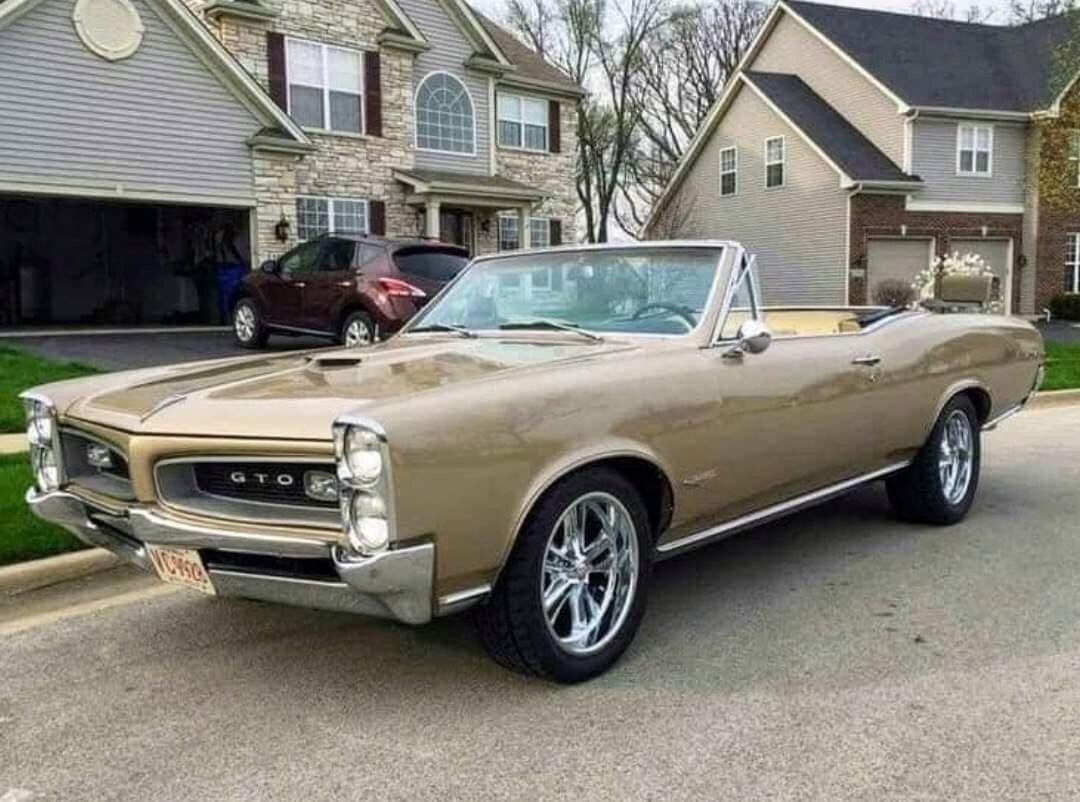
Pontiac was known for introducing innovative features and technologies in their vehicles. From advanced engines to special suspension setups, these innovations contributed to enhanced performance and driving dynamics. Tri-Power setups featured three two-barrel carburettors, providing increased horsepower and torque on select Pontiac models. Super Duty (SD) and High Output (HO) engines were high-performance engine options known for their power and capabilities.
Ram Air systems directed outside air into the engine for increased power output, often associated with performance models. Many Pontiac models were rear-wheel drive, contributing to their sporty and performance-oriented characteristics. Pontiac vehicles often featured tuned suspensions that balanced ride comfort with agile handling.
Pontiac offered various manual and automatic transmission options, including four-speed manuals and the Turbo-Hydramatic automatic.
Pontiac vehicles have become cultural symbols, especially with models like the Trans Am featured in movies and TV shows. The Trans Am's "Screaming Chicken" hood decal and iconic Special Edition models garnered significant attention.
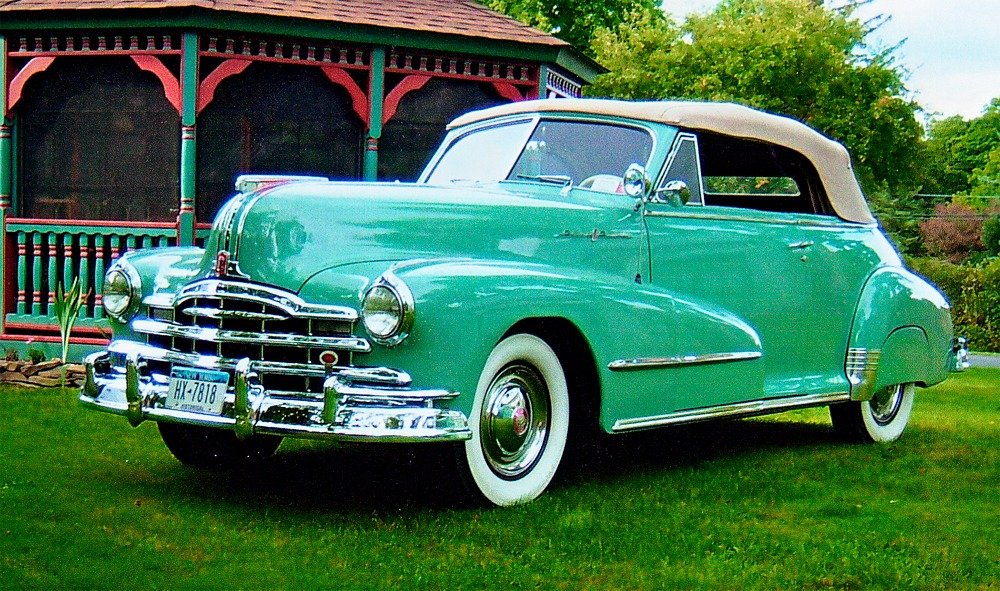
The decal features a bold and colourful image of a phoenix bird in flight with its wings spread wide, often accompanied by flames. The Screaming Chicken decal added a bold and eye-catching visual element to the Trans Am's design, making the car stand out and enhancing its aggressive appearance.
The WS6 package was available on the Firebird Trans Am and enhanced its performance with improved suspension and other upgrades. The iconic TV show "Knight Rider" featured a modified Pontiac Firebird Trans Am named KITT (Knight Industries Two Thousand), equipped with futuristic technology.
In the early 1990s, Pontiac introduced an electric vehicle called the Pontiac Trans Sports EV. It was a limited-production minivan with an all-electric powertrain.
In the early 2000s, Pontiac introduced the Grand Prix GXP, a high-performance luxury coupe version of the Grand Prix sedan. While it had impressive performance, it didn't resonate as strongly with consumers.
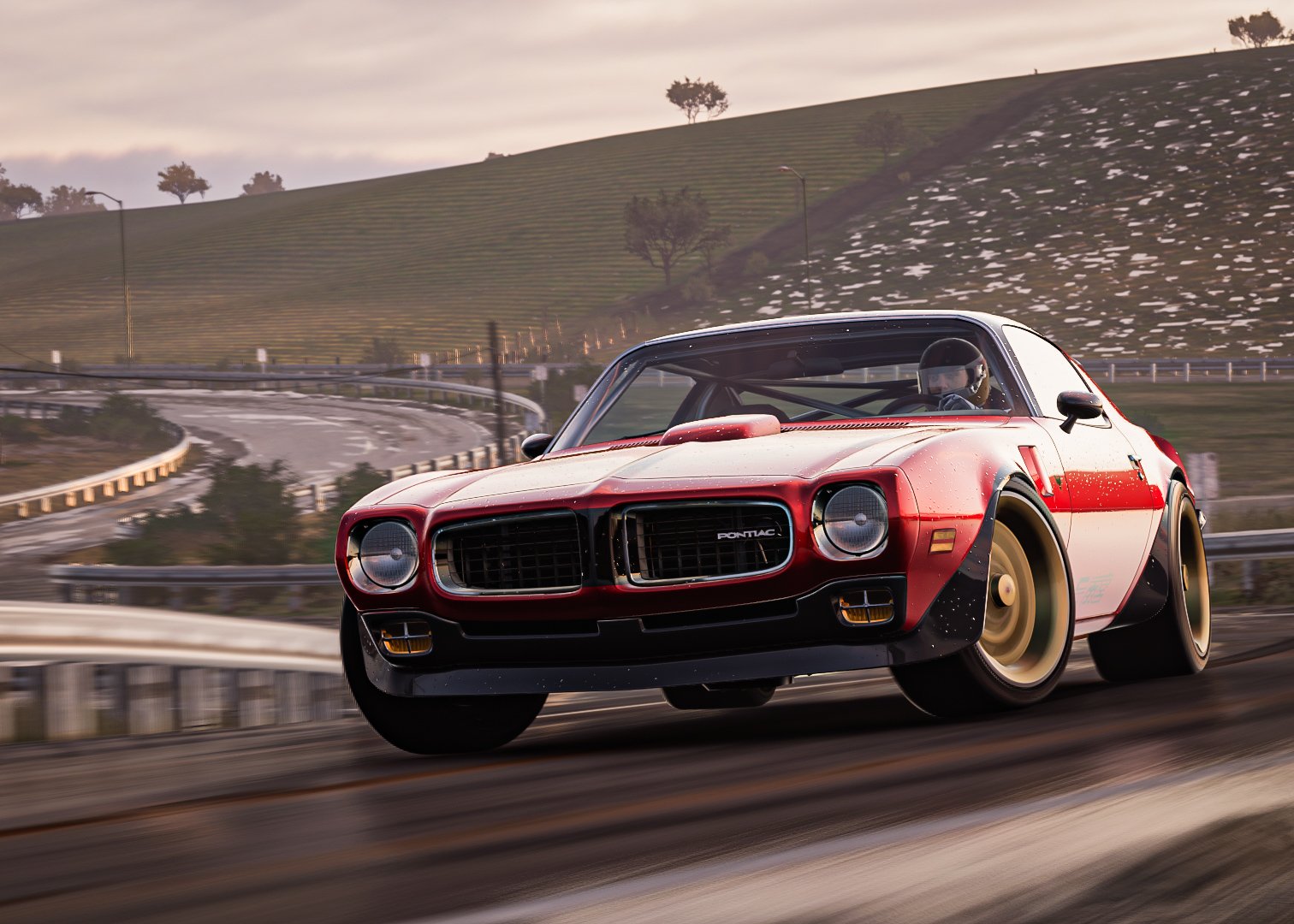
"A Trans Am is not just a car, it's a lifestyle."
Pontiac often offered high-performance options at a more accessible price point compared to some luxury brands, making it possible for a broader range of enthusiasts to experience powerful and thrilling driving.
The Pontiac Fiero, produced from 1984 to 1988, was a small two-seater sports car with a mid-engine layout. It was one of the few mid-engine cars produced by a mainstream American brand. In the 1970s, Pontiac offered a unique paint option called "Rainbow Paint," which changed colour depending on the angle of light. This was available on models like the Firebird.

Pontiac introduced the Overhead Cam (OHC) inline-six engine, known for its smoothness and efficiency. In the 1960s, Pontiac introduced swivelling front bucket seats, enhancing driver and passenger comfort. The Endura bumper was a flexible front bumper used on models like the GTO Judge, designed to withstand minor impacts.
"GTO: Gas, Tires, and Oil, the three Essentials of life."
Enthusiasts often appreciate the wide range of options and aftermarket parts available for Pontiac vehicles, allowing them to customize and personalize their cars according to their preferences. Pontiac's RTS technology aimed to improve handling through components like specific springs, shocks, and stabilizers. In the 1980s, Pontiac offered turbocharged engines for certain models, combining performance and efficiency. Some Pontiac models featured digital instrument clusters in the late 1980s and early 1990s.
Many Pontiac models, including the Firebird and GTO, were available as convertibles, adding to the brand's appeal.
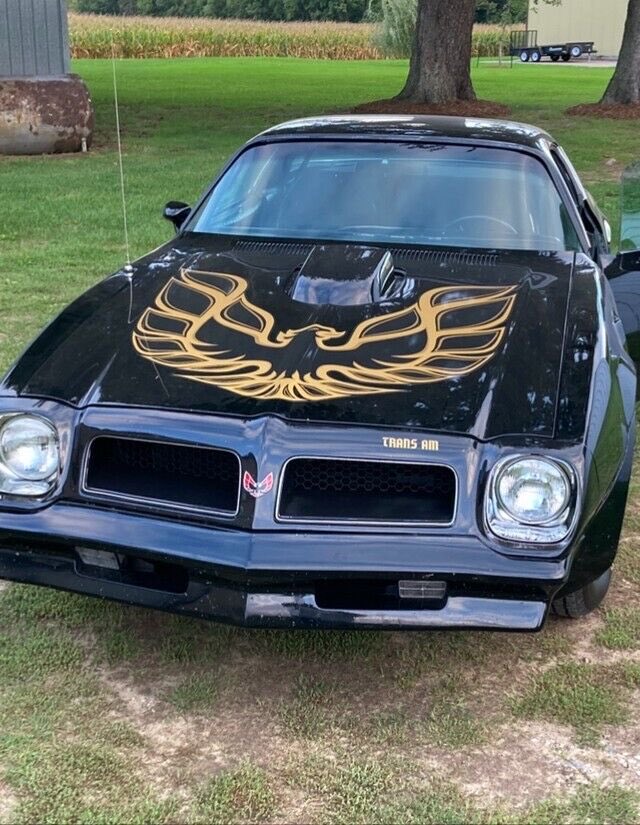
"Driving a Pontiac is like having a wild stallion in your garage."
Pontiac's involvement in motorsports and its success on the racetrack, particularly in drag racing and NASCAR, has solidified its reputation as a performance-oriented brand. In the late 1980s, Pontiac introduced a performance-oriented version of the Grand Prix called the "2+2." It was meant to be a NASCAR homologation special but only a limited number were produced before the project was canceled.
In the 1960s, some Pontiac models featured a "Ghost Light" under the dashboard that projected the Pontiac emblem onto the ground when the doors were open.
In the 1960s, Pontiac designed a series of prototype cars known as the "Banshee" concept. These sporty and futuristic vehicles were never put into production but influenced the design of later models.
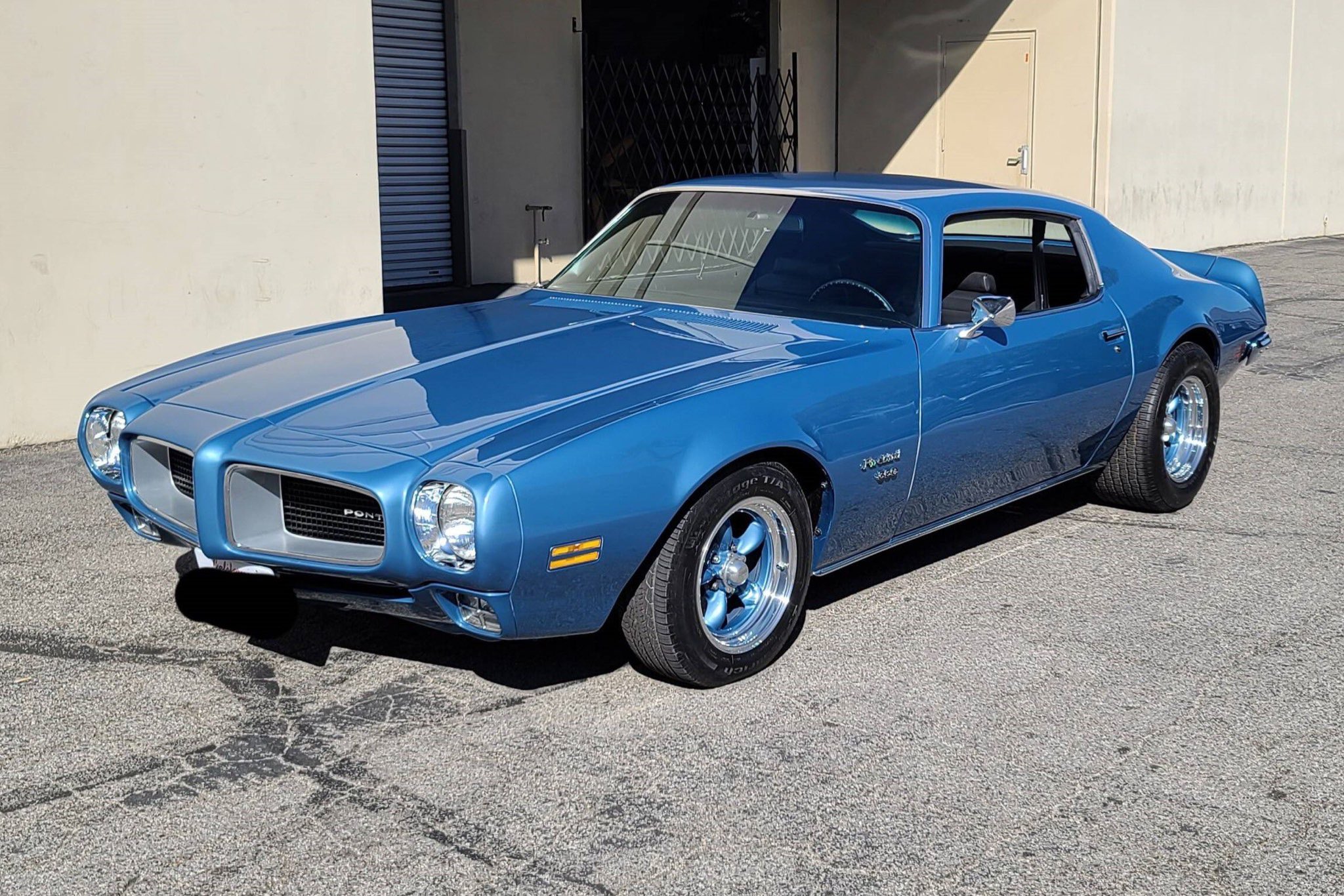
The Pontiac Aztek, produced from 2001 to 2005, is often considered one of the most polarizing and unconventional designs in automotive history.
"The heart and soul of the open road can be found in the Pontiac you drive."
Why did it end?
Unfortunately, Pontiac production ceased in 2010 as part of General Motors' restructuring efforts during the economic downturn. But the Pontiac enthusiast community is strong and passionate. Car clubs, forums, and gatherings bring like-minded individuals together to share their love for these vehicles, fostering a sense of camaraderie. For many, Pontiac vehicles evoke feelings of nostalgia for a bygone era when muscle cars and performance were at the forefront of automotive culture. Many individuals and families have a history of owning Pontiac vehicles, leading to brand loyalty that spans generations.
© Copyright 2023. All Rights Reserved Powered by Vygr Media.

